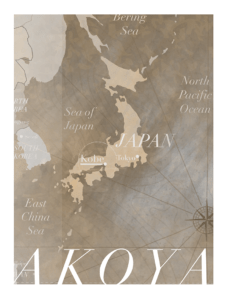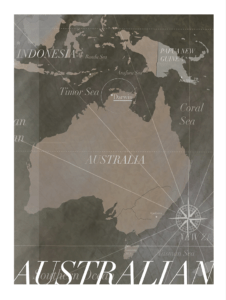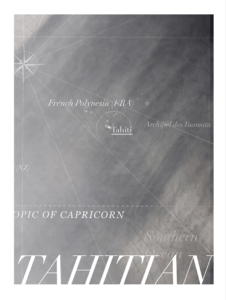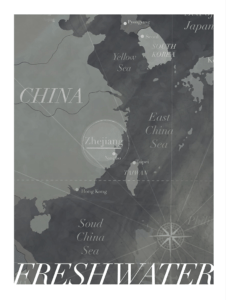NATURALLY PERFECT GEMS.
For over 100 years, the charm of pearls has inspired us to explore the most prestigious world markets, looking for the most beautiful and precious pearls to create unique jewels.
We want to virtually take you with us on a journey between continents, to discover pearls.
To do this, we have created a guide about pearls characteristics: from shape to color, from size to types.
The quality and the value of pearls depends on five key factors: shape, size, colour, surface and orient.
SHAPE
The most valuable pearl is the spherical one, which evokes the idea of perfection. Equally fascinating is the Baroque pearl, with its particular irregularities.
SIZE
Each oyster gives pearls different diameters, which is critical to determine their value.
COLOUR
The colour of a pearl varies, depending on the type of the oyster it comes from. To assess the beauty of its colour, it is necessary to place the pearl on a white surface, illuminated by lamps without UV rays. In this way it is possible to appreciate the different shades of the colours.
SURFACE
The surface of the pearl should be as much smooth and polished as possible, without blemishes or defects.
ORIENT
The orient is a technical parameter that defines the iridescence of the pearl. The iridescence is the capability to reflect light.
SOME GOOD ADVICE
In order to preserve the luster of pearls we suggest to avoid wearing them when using perfume or cosmetics. Clean them with a damp cotton cloth and store them in a cloth separately from other items.

AKOYA PEARLS – JAPANESE PEARLS
COLOUR: shades from white to champagne.
SIZE: 1 to 9 mm in diameter.
Japanese pearls are probably the best known and most appreciated in the world.
They come from the Martensii Pinctada oyster, cultivated in the Japanese bays.
Japanese pearls are salt water pearls, cultured in the South Japan bays, and produced by the oyster called Pincatada Martensii. Their size varies from 1 mm to 9 mm of diameter and their color, basically white, may have some cream, rose or silver overtones.

AUSTRALIAN PEARLS – SOUTH SEA PEARLS
COLOUR: from white with silver shades to golden-yellow nuances.
SIZE: from 8 to 22 mm in diameter.
South sea pearls are cultivated in the water between the Indian and the Pacific Ocean, mainly in Australia, but also in Philippine and Indonesia. They grow in large shells, called Pinctada Maxima – the largest species of pearl oyster –.
The Australian Pearls can reach even 25 mm in diameter, mostly for the irregular shaped, knowns as “baroque pearls”. The standard diameter ranges from 8 to 22 mm and the color varies from the classic white/ silver, to white with rose shades, or to the golden.

TAHITIAN PEARLS – BLACK PEARLS
COLOUR: from pale yellow to black with green shades, like the green-winged fly.
SIZE: from 8 to 22 mm in diameter.
Tahiti pearls are produced in French Polinesia in large black-lips oysters – Pinctada Margatirifera – which connotes their colors.
Actually, Tahiti pearls are rarely black but they have a lot of colors and overtones ranging from silver, dark grey, green blue, brown, up to the sought-after “peacock”, for its multicolored iridescent shades, just like the peacock’s feathers. Thesize is from 8 to 22mm.

High quality FRESH WATER PEARLS
COLOUR: white, pinkish or peach-colored, they presents a wide range of shades, from lilac to salmon or orange tones.
SIZE: from 2 to 12 mm in diameter.
Fresh water pearls are formed in freshwater mussels that live in the Chinese lakes, rivers, and ponds, located in the West districts of Shanghai. They originate from a mollusk species called Hyriopsis Schlegeli Cumingii, commonly known as the “triangle mussel”.
They are popular for their wide range of the shape, from baroque, to the drop, the oval and the rice, and only rarely they got perfectlyy round shape.
Their range of natural colors includes white, pink, and peach colors.
The diamater varies from 2 mm to 12 mm.

